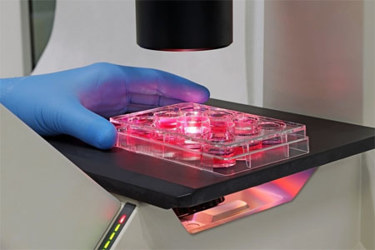Rapid Walkaway Solution For Assessing Viability In Patient-Derived Colorectal Cancer Organoids
By Cathy Olsen, PhD, and Prathyushakrishna Macha, PhD, Molecular Devices

This content is brought to you by Molecular Devices, a Danaher Operating Company.
Using patient-derived colorectal cancer organoids, we conducted a comprehensive assessment of the differential effects of various known anti-cancer compounds on organoid size and morphology. This was achieved through the use of both advanced imaging techniques and a microplate reader-based viability readout. Our findings highlight the effectiveness of label-free imaging combined with an ATP-based viability assay in rapidly evaluating drug responses. By automating liquid handling and microplate transport, we significantly reduced hands-on time to make the process more efficient.
This streamlined approach offers a valuable tool for the early identification of potential therapeutic candidates. By integrating these methods into the initial stages of drug screening, researchers can quickly pinpoint promising compounds for further investigation. Subsequent analyses, such as high-content imaging or other detailed evaluations, can then be employed to validate and expand upon these initial findings.
Discover how researchers and pharmaceutical developers can adopt this efficient and effective methodology in their drug discovery pipelines to accelerate the identification of new treatments and bring life-saving therapies to patients more swiftly.
Get unlimited access to:
Enter your credentials below to log in. Not yet a member of Pharmaceutical Online? Subscribe today.
